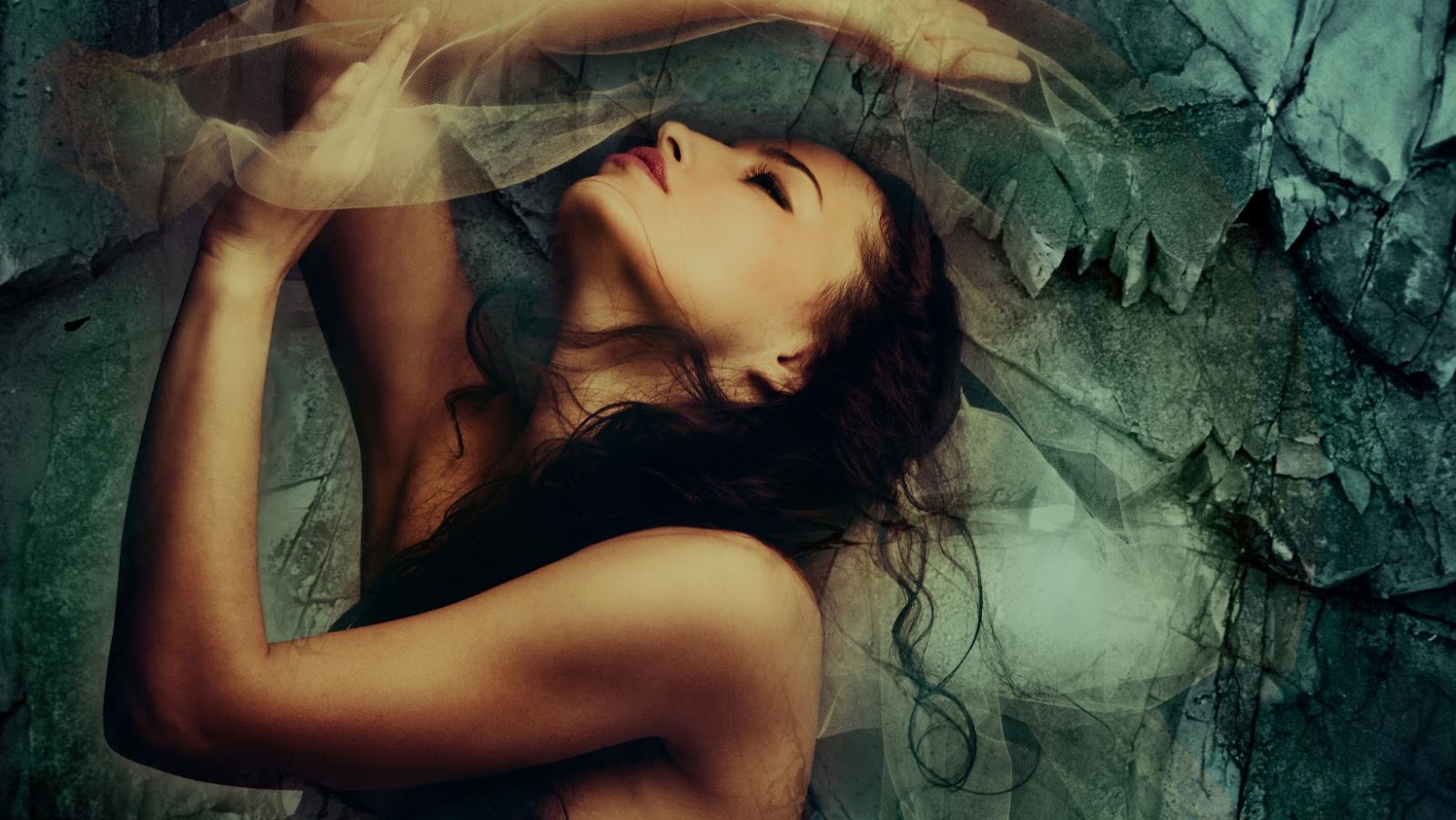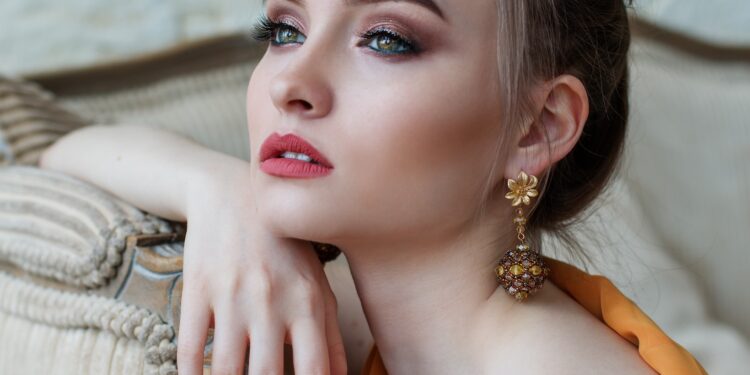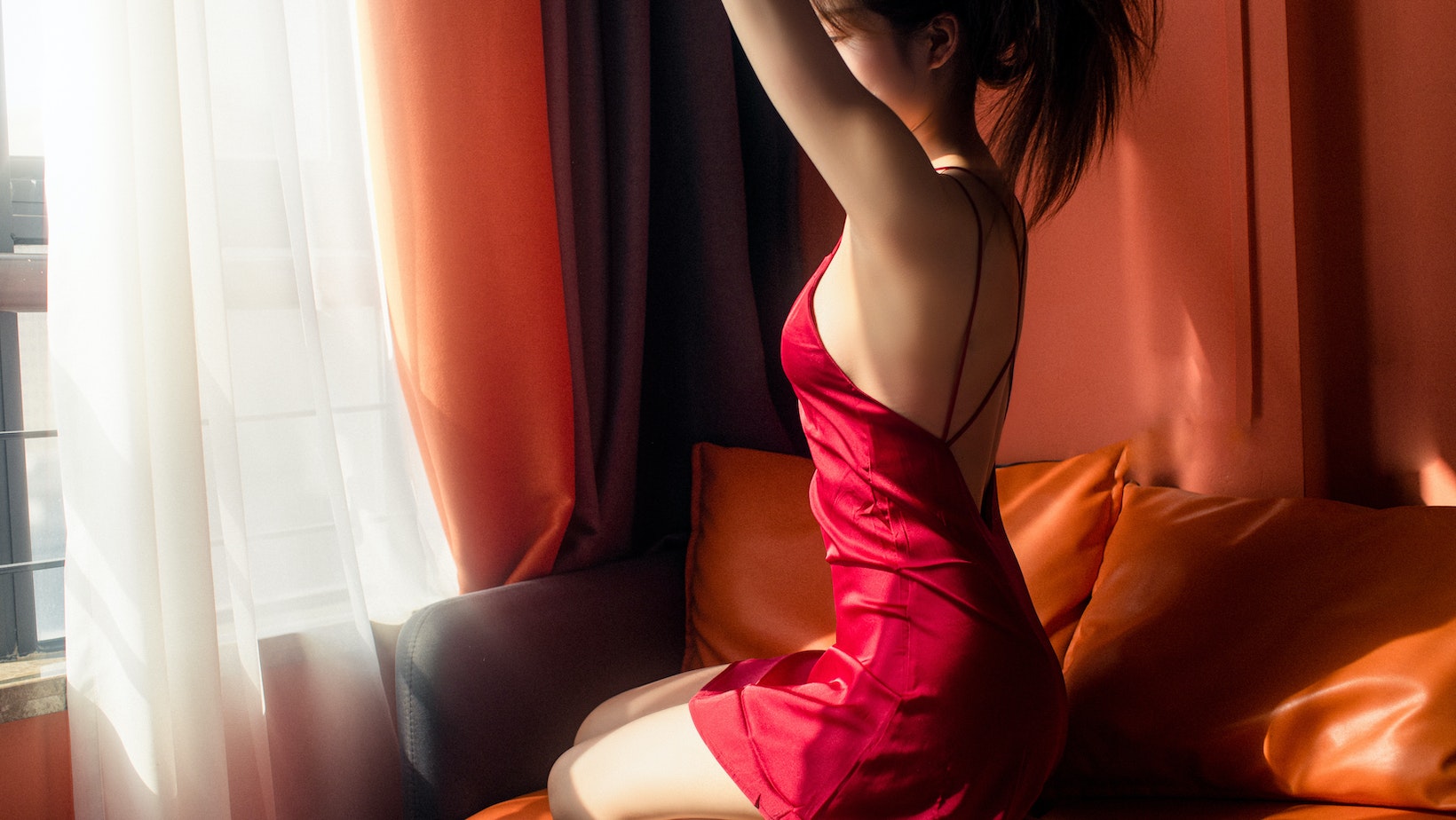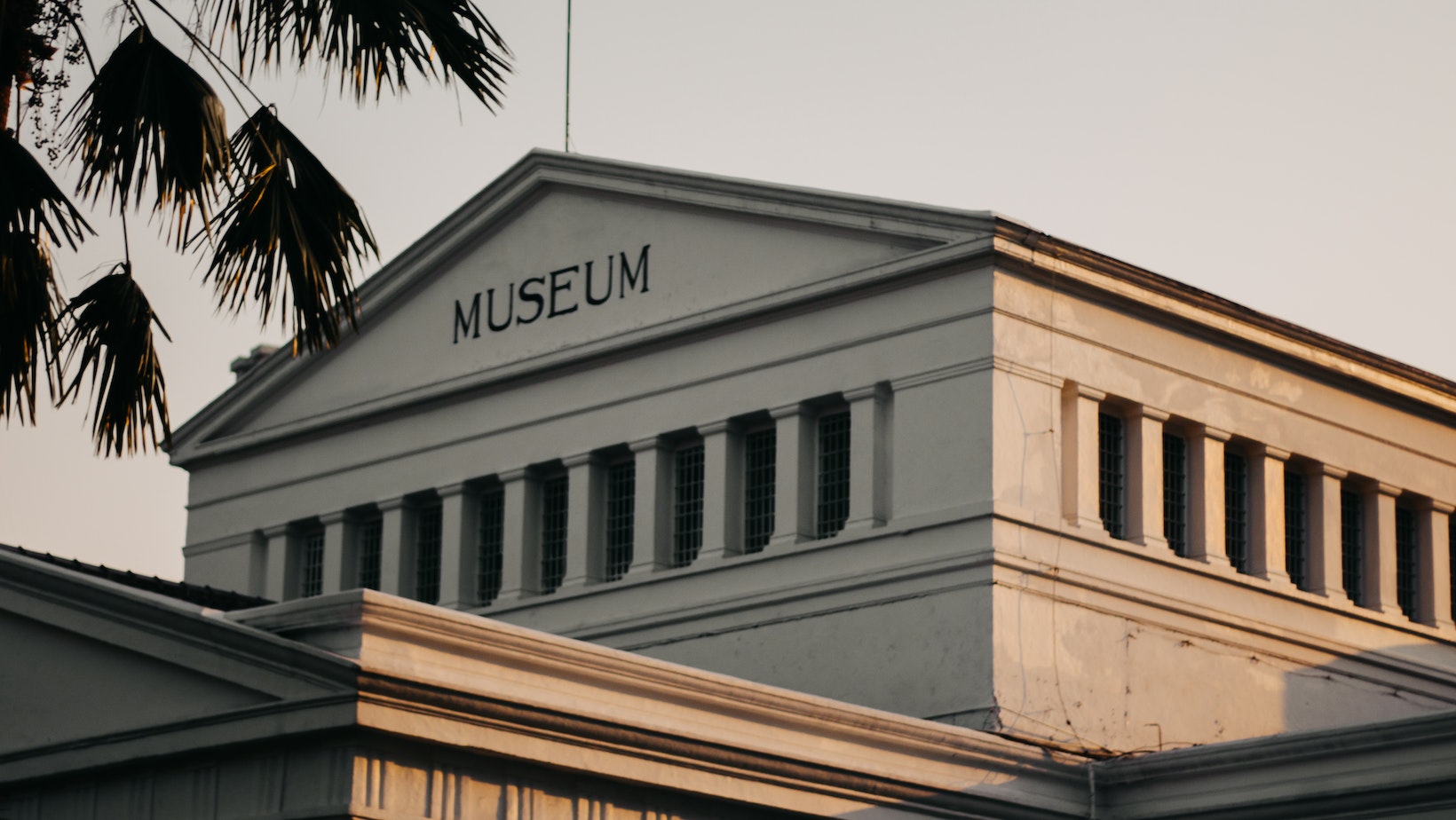Muses have played a significant role in fashion throughout history. These influential women have inspired designers and impacted trends with their unique personas, lifestyles, and aesthetic preferences.
Ancient Greek muses were the first to inspire fashion designers, featuring in Apollo’s quest to create inspired art pieces. In the late 19th century, muses became more personalised and less supernatural, influencing designers through their affiliations or living styles. The 20th century saw a significant shift in fashion muses with the rise of supermodels like Cindy Crawford and Naomi Campbell, cultivating popularity and financial success with their striking looks and timeless beauty.
Today, fashion muses are as ubiquitous as ever, with social media personalities, celebrities, and business moguls serving as inspiration for the industry’s top designers.
| Pro Tip |
| As fashion trends continue to evolve, understanding the role of muses in fashion is essential to comprehend the power of influence within the industry. |
The Origin of Muses in Fashion
Since the dawn of time, fashion designers have been inspired and influenced by muses. From the ancient goddesses of Greek mythology to the modern-day supermodels and actresses, muses have provided designers with creative ideas and interesting perspectives on fashion.
Let’s explore the history of muses in fashion and how they have shaped the industry.
Oh To Be A Muse Bay Area Fashion Blogger Inspiring Style
In Greek mythology, Muses were goddesses who inspired artists, musicians, and writers. They were often depicted wearing flowing garments, wreaths of flowers, and carrying musical instruments. The concept of muses has inspired fashion for centuries and continues to play a significant role in the fashion industry today.
The use of muses in fashion dates back to ancient times when designers would draw inspiration from the beauty and grace of the goddesses. In the Renaissance period, muses were portrayed in famous paintings, sculptures, and writings, inspiring fashion trends.
Today, muses are still an essential part of the fashion world, with designers seeking inspiration from famous muses like Audrey Hepburn, Marilyn Monroe, and Kate Moss.
From flowing Grecian gowns to bohemian-inspired ensembles, muses have influenced fashion for centuries and continue to be a source of inspiration for designers and fashion lovers around the world.
Renaissance and Pre-modern Era
The muse has been a concept of inspiration in the fashion world for centuries, but it was during the Renaissance and pre-modern era that this concept became prevalent in the fashion industry. During this time, designers looked to art, music, and literature for inspiration, and they often used muses – often noblewomen or actresses – as their inspiration for new collections.
One example is Catherine de’ Medici, who became a muse for designers during her reign in the 16th century. Designers drew inspiration from her regal style and extravagant wardrobe.
Similarly, the Pre-Raphaelite Brotherhood, a group of English artists in the mid-19th century, often used muses – usually their wives or lovers – as models for their fashion designs.
The influence of muses in fashion continues today, as designers still look to artists, musicians, and other icons for inspiration for their collections.
The Age of Enlightenment
The Age of Enlightenment was a philosophical movement that originated in France during the 18th century. It emphasised reason, individualism, and scepticism, and led to social, political, and cultural changes that transformed Europe.
During this period, the concept of the muse – a source of artistic inspiration – emerged in fashion. Muse-inspired garments were designed with fluid lines and draped fabrics, evoking a sense of romance and nostalgia.
The practice of using muses in fashion design continued through the 19th and 20th centuries, with iconic muses such as Audrey Hepburn, Twiggy, and Kate Moss inspiring designers with their unique styles and personalities.
Today, the idea of the muse lives on in fashion, with designers looking to powerful women for inspiration and creating collections that reflect their strength, intelligence, and creativity.
Muses in the Fashion Industry
Muses in the fashion industry have been around for centuries, and are an integral part of the fashion world. From the most influential designers of the past to today’s icons, muses often serve as inspirational figures for designers to draw inspiration from. Muses have shaped the fashion industry and continue to do so today, and this article will explore the history and impact of muses in the fashion world.
Muses as Models
Muses have played an integral part in the fashion industry throughout history. In ancient times, they were depicted in artworks as symbols of inspiration for famous artists and designers. In modern times, they are often celebrities or notable figures who inspire designers and fashion houses to create new collections.
| Some of the most famous fashion muses include: |
| Kate Moss, who inspired several collections by designer Marc Jacobs and contributed to the rise of the “heroin chic” fashion trend. |
| Audrey Hepburn, whose timeless style and grace have influenced countless designers, including Hubert de Givenchy, who designed many of her iconic film costumes. |
| Debbie Harry, lead singer of the band Blondie, who inspired numerous fashion collections in the punk and new wave eras. |
Muses continue to play a vital role in fashion today, serving as sources of inspiration for designers and helping to define new trends and styles.
Pro tip: Pay attention to emerging fashion muses to stay ahead of the latest fashion trends.
Muses as Designers
Throughout history, muses have played a significant role in influencing fashion designers and shaping the fashion industry. From Coco Chanel’s muse, Misia Sert, to Alexander McQueen’s muse, Isabella Blow, muses have inspired designers by providing them with creative energy, influencing their style and design aesthetic, and offering them a different perspective. In turn, muses have benefited from the collaboration by gaining recognition for their unique style and serving as a source of inspiration for others.
Despite the controversy surrounding the concept of muses in today’s fashion industry, their impact and influence cannot be denied. From modern-day muses like Rihanna and Beyoncé to iconic figures like Audrey Hepburn and Jackie Kennedy, muses continue to inspire designers and shape the direction of fashion.
Muses as Inspirations
In the fashion industry, muses have played a significant role in inspiring designers to create unique and iconic collections. A muse can be anyone or anything that captures a designer’s imagination and sparks their creativity.
Over the years, muses have included actresses, models, artists, and even cities or countries. Some notable examples include Audrey Hepburn, who inspired Hubert de Givenchy’s timeless designs, and Kate Moss, who has been a muse to several designers throughout her career.
The idea of a muse dates back to ancient mythology, where muses were goddesses who inspired artists and writers to create works of art. In the fashion industry, muses continue to serve as sources of inspiration and play a vital role in shaping the creative direction of brands and designers.
Famous Muses in Fashion History
Fashion muses have long had an influence on the trends and styles of the fashion industry. Since the late 1800s, famous models and celebrities have embodied the aesthetic of fashion designers, contributing to their overall vision, and providing inspiration for their designs.
Let’s look at some of the most iconic muses in fashion history, starting with the very first fashion muse.
Women Who Left Their Mark in Fashion
Throughout history, there have been countless women who left their mark in fashion, either by designing iconic pieces, being a muse to famous designers, or by making pioneering moves in the industry as a whole. Some of the most famous muses in fashion include:
| Twiggy | British model Twiggy, born Lesley Hornby, rose to fame in the 1960s for her waifish figure, big eyes, and androgynous look that inspired a generation of women to embrace their inner mod girl. |
| Audrey Hepburn | Not only was Hepburn a famous actress, but she was also a muse to designer Hubert de Givenchy, leading to the creation of the famed Little Black Dress in the movie “Breakfast at Tiffany’s”. |
| Kate Moss | Throughout the 1990s and early 2000s, Kate Moss’s waifish figure and rock ‘n roll sensibility made her a muse to countless designers and brands, including Stella McCartney and Burberry. |
| Anna Wintour | As the longtime Editor-in-Chief of Vogue, Wintour has played a significant role in shaping fashion trends while putting modern fashion muses like Rihanna and Beyonce on the cover of the fashion bible. |
These women and countless others have helped push fashion forward, shaping the industry into what it is today.
Celebrity Muses and Their Influence in the Industry
Throughout history, famous muses have played a significant role in the fashion industry, serving as influencers and inspirations to renowned designers.
| Muse | Influence |
| Audrey Hepburn | The epitome of grace and class, Audrey Hepburn inspired French designer Hubert de Givenchy, who designed some of her most iconic looks in movies such as Sabrina and Breakfast at Tiffany’s. |
| Kate Moss | This supermodel’s unconventional beauty and effortless style have influenced designers such as Marc Jacobs and Alexander McQueen. |
| Jackie Kennedy Onassis | Known for her timeless elegance and iconic sense of style, Jackie Kennedy Onassis served as a muse to legendary designer Oleg Cassini. |
| Twiggy | This British model and actress popularised the mod style of the 1960s and inspired designers such as Mary Quant. |
These muses have left a lasting impression on the fashion industry, inspiring designers and fashion enthusiasts alike to this day.
Muses Who Became Fashion Icons
The world of fashion is renowned for its creative muses who inspire designers to produce iconic pieces that withstand the test of time. Over the years, several famous muses have influenced the fashion industry through their unique styles, personalities, and charm.
Some of the famous muses in fashion history include Edie Sedgwick, who inspired Andy Warhol’s pop art movement. Kate Moss, who ushered in the era of “heroin chic” in the 90s, and Princess Diana, who used her grace, elegance, and timeless sense of style to capture the heart of the public. Muses like Audrey Hepburn, Marilyn Monroe, and Jackie Kennedy also set fashion trends and embody the quintessential sense of glamour and sophistication.
These muses inspired designers to create iconic pieces like the “little black dress” by Coco Chanel, the “Jacket Boucle” by Chanel, and the “Wrap Dress” by Diane von Furstenberg. The legacy of these fashion muses continues to influence the fashion industry today, providing inspiration for new creative designs and styles.
Fact: Karl Lagerfeld’s Siamese cat, Choupette, inspired a high fashion capsule collection for the luxury label, Shu Uemura.

The Relevance of Muses in Today’s Fashion
Muses have been an integral part of the fashion industry for centuries. From the iconic muses of the 19th century to the modern fashion muses of today, their influence has been immense. They have served as inspiration to celebrated designers and have created iconic looks that are still remembered today.
Let us take a look at the relevance of muses in today’s fashion and how they continue to shape the trends.
The Ways in Which Muses Have Evolved in the 21st Century
In the 21st century, the role of muses has evolved to reflect changing attitudes towards gender, race, and inclusivity in the fashion industry. Today’s muses are more diverse, individualistic, and empowered than their predecessors, breaking down traditional beauty standards and challenging fashion’s limited scope of representation.
From Adwoa Aboah and Paloma Elsesser to Madisin Rian and Slick Woods, modern muses represent a range of body types, skin tones, and personal styles. These muses are not only models but also activists, artists, and entrepreneurs, using their platforms to advocate for social and environmental justice.
The 21st-century muse is a source of inspiration not only for designers but also for consumers, who look to them for style guidance and cultural relevance. By embracing diversity and self-expression, modern muses are expanding the boundaries of fashion and creating a more inclusive industry.
How Muses Continue to Shape the Fashion Industry
Muses have played a significant role in shaping the fashion industry as we know it today. They provide designers with inspiration and act as a muse, an individual whose style, character, and personality inspire a designer’s creative process. In recent years, social media has made it easier for designers to find and work with their muses, and the fashion industry has embraced this trend wholeheartedly.
Musicians, actors, models, athletes, and influencers are now referred to as fashion muses in recognition of their influence on fashion trends. This trend has resulted in collaborations between fashion designers and their muses becoming more common.
In conclusion, a muse’s relevance in today’s fashion industry cannot be denied, and the tradition of having muses will continue to inspire designers for years to come.
Future of Muses in Fashion – Emerging Trends and Possibilities
Muses have always played a vital role in fashion through providing inspiration for designers. With the emergence of new trends and possibilities in the fashion industry, the role of muses is taking a new shape and form.
The relevance of muses in today’s fashion is increasing due to the diversification in cultural representation and body positivity movements. Designers are looking to their muses for inspiration and are focusing on creating designs that resonate with a broader audience.
The history of muses in fashion traces back to the early 1900s when famous models such as Dorian Leigh and Twiggy became the inspiration behind some iconic fashion designs. In the modern era, models like Naomi Campbell and Kate Moss are continuing the legacy of these muses and are inspiring designers worldwide.
Moving forward, the future of muses in fashion is bright, with more creative collaborations between fashion designers, models, and influencers. With the rise of social media, designers can reach out to a broader audience and collaborate with influencers to grow their brand.
Pro tip: Keep an eye on designers’ collaborations with lesser-known models to see emerging trends and unique design styles.


















